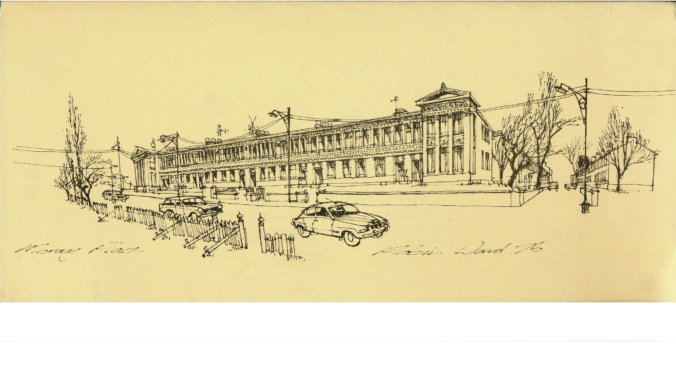Fifty years ago, Strathbungo was under threat of demolition as part of Glasgow’s then fascination with urban motorways. At the same time the idea of conservation was gaining ground, with the Civic Amenities Act of 1967 enabling new “Conservation Areas” to protect the historic environment. The tide was begining to turn.
In Strathbungo, the area was in chronic decline but the local community was buoyed by several developments. Several buildings had been listed, including 1-10 Moray Place in 1966, and many of the other sandstone terraces in 1970. Lord Esher published his 1971 report “Conservation in Glasgow”, recommending this “gem” of a neighbourhood should be protected . There was increasing recognition of Alexander Thomson’s work, with 1-10 Moray Place being described as “with little question the finest of all nineteenth-century terraces” (Henry-Russell Hitchcock).
A group of local residents set about doing something to save Strathbungo, and proposed an “Amenity Society for Moray Park and Regent’s Park”.
Their press release and proposal are reproduced below. They placed adverts were placed in the papers, and leafleted the residents of Strathbungo from Nithsdale Road to Titwood Road, inviting to a meeting on 6th December 1971 at Camphill Queen’s Park Church (now the Baptist Church).
The first meeting
Approximately eighty people turned up, and the meeting was chaired by Bob Angus of 16 Moray Place. Mrs Jarvis, representing the Scottish Civic Trust, explained the nature of Amenity Societies and Conservation Areas, and then introduced Peter Bradford’s BAFTA nominated film “A Future for the Past” . Sadly I cannot locate a copy.




Recent Comments